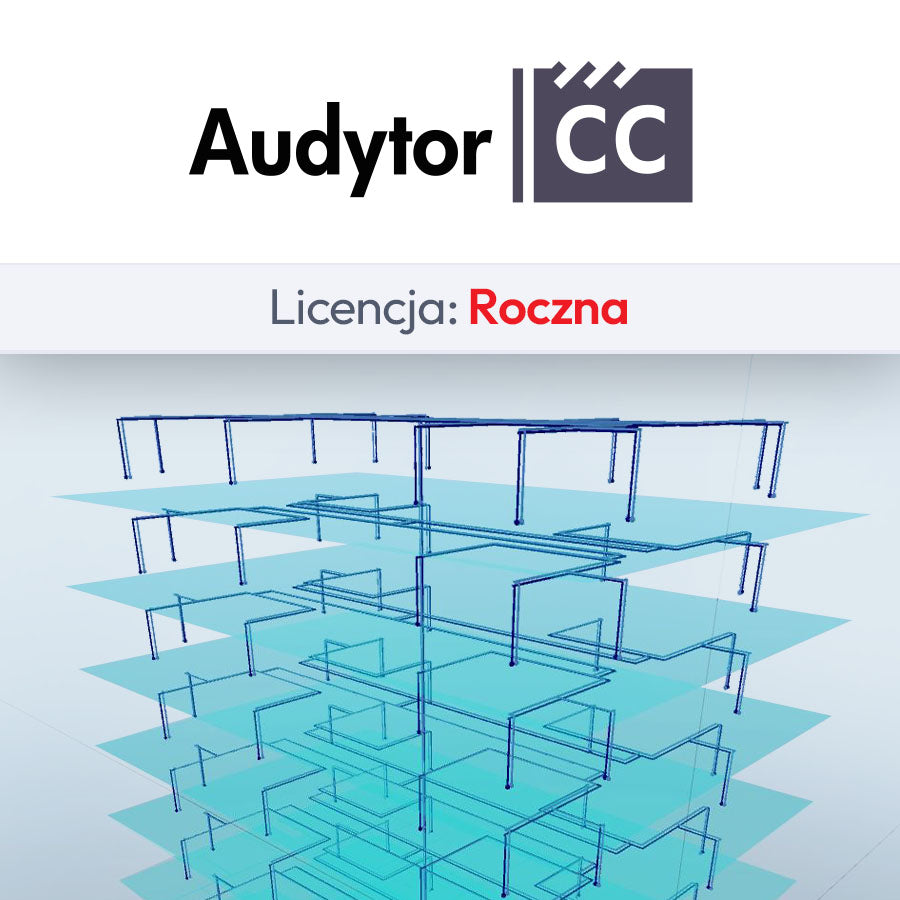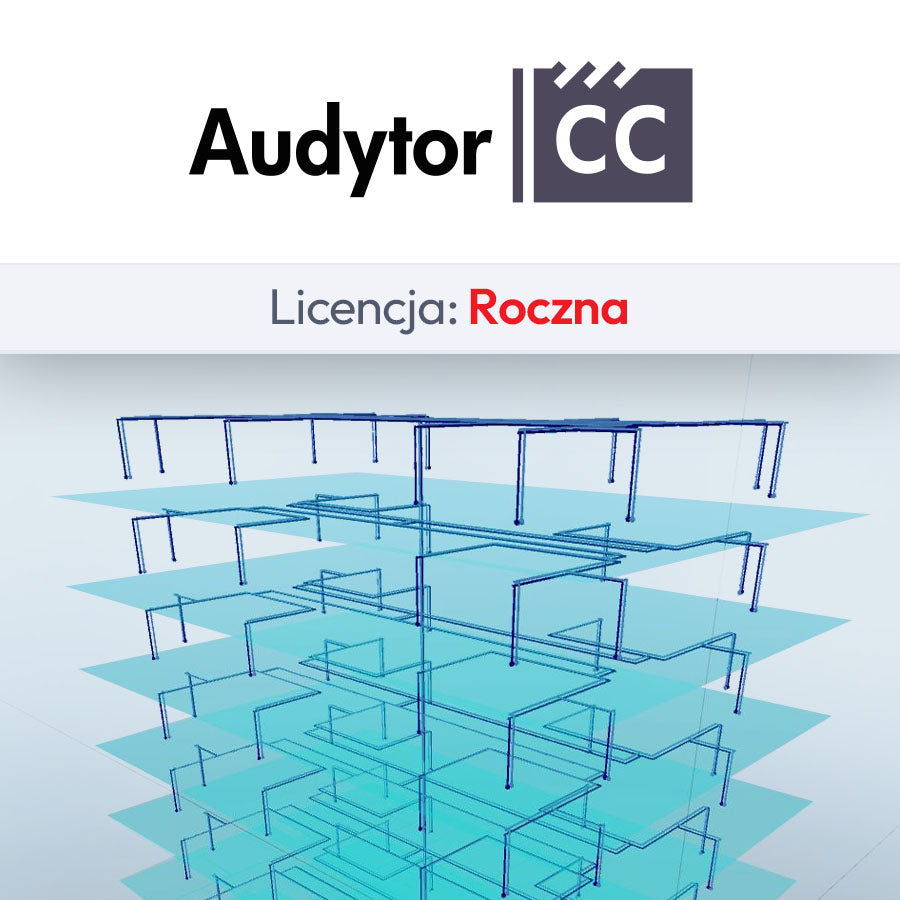SANKOM
Auditor CC 7.4 Basic (SET), annual license
Auditor CC 7.4 Basic (SET), annual license
Couldn't load pickup availability
The Audytor CC program is used to graphically support the design of central cooling systems in which the medium is water or a water-glycol solution.
The CC auditor performs hydraulic calculations of two-pipe installations transporting the coolant to any receiver with a given power, a given required available pressure at the connection point and a temperature increase of the coolant.
The program also enables the selection of control valves and mixing systems in installations with medium temperature zones.
In the near future, it is planned to expand the Audytor CC program with a fan coil selection module.
What's new in version 7.4?
What's new in Audytor SET 7.4
The latest version of Audytor SET introduces new features and a number of improvements that speed up the installation design process.
The main changes are:
- Surface systems - ceiling and wall
- Calculation of the resulting cooling capacity of the installation
Planar systems
The program now allows for the design of wall and ceiling systems. Among the surface systems, we also find the long-established floor system.
Before beginning the design of a radiant system, the user should declare the parameters related to the radiator's design. Information regarding the design will be automatically inherited directly into the drawing, significantly reducing data entry time.
Calculation of the resulting cooling capacity of the installation
After designing the surface installation for heating parameters, the program will – in the case of switching to cooling mode – determine the resulting cooling power.
These calculations will be performed if the CC module is enabled in the basic data and the cooling calculation option is selected from the CO heat source tab.
The program assumes the same flow rate of the medium operating in cooling mode as in the heating system. After performing the calculations, the resulting statements can be read both in the drawing – for example, on the tabular label connected to the manifold – and from the level of the general results tabulation.
Share





